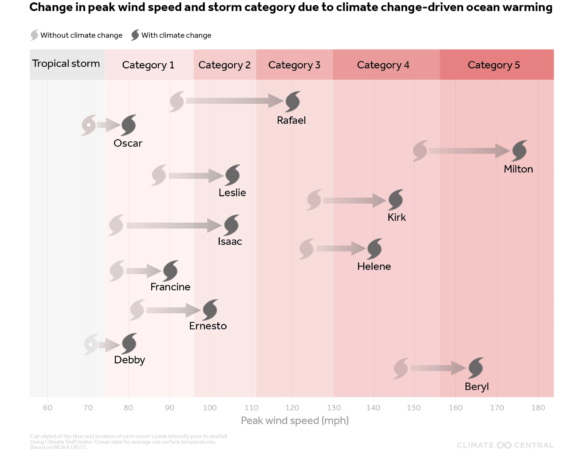By Bertha Coombs, CNBC Reporter.
The Environmental Protection Agency has ordered BP to use a less toxic chemical dispersants to break up the oil spill from its broken undersea well in the Gulf of Mexico.
BP has been using a dispersant called Corexit to break up the oil slick into smaller particles since the leak, deploying more than 600,000 thousand gallons on the ocean surface. The manufacturer, Nalco recently boost its sales forecast as a result of the Gulf spill orders.
Nalco shares slumped 5.26% on news of the EPA’s directive, but the company says it remains committed to helping with the Gulf clean up.
“Our goal throughout the entire event is to help where we can, and provide whatever products we can.” says Nalco spokesperson John Schoen.
Smaller dispersant manufacturers like Joannie Doctor, president of GlobeMark Resources, welcomed the EPA’s decision. “It’s about time. It’s fair,” she says, but she wishes the EPA had moved sooner.
Doctor claims her JD-2000 dispersant is more than 10 times less toxic on shellfish and other marine life than Nalco’s Corexit. But while BP has been scrutinizing her product over the last few weeks, it had yet to place an order.
The EPA has given BP 24 hours to find alternative chemicals.
The company has reached out to the maker of an EPA-approved dispersant called Sea Brat 4, Alabaster Corp. a family-owned manufacturer in Pasadena, Texas. “They said there’s a possibility that we may have to to gear up production,” says Charles Sheffield, Alabaster’s CEO.
Sheffield says BP has yet to confirm a new order. The oil company ordered 100,000 gallons of Sea Brat weeks ago, but never took delivery. “It’s still sitting in my yard,” he says, “I have 200,000 gallons ready to go right now.”
Critics have charged that Nalco’s Corexit is over 10 times more toxic than over a dozen of the other EPA-approved dispersants listed on the agency’s website. Nalco defended the safety and effectiveness of its dispersants on its website today, noting that toxicity data collected so far does not show any significant affects on aquatic life from dispersants.
The EPA’s decision comes one week after it authorized BP to use dispersants at the source of the leak. The use of tens of the thousands of gallons of dispersant near the ocean floor in deepwater is unprecedented, and critics such as Rep. Ed Markey (D-MA) say in this case it amounts to “an aggressive experiment” and the long-term environmental impact is unknown.
The EPA has also ordered BP to make public the data it has been collecting on the use of dispersants at the leak source, and to continue to monitor the impact at the source. The agency is now posting those results on its web site.
GlobeMark’s Joannie Doctor says the need for continued use of dispersants at the source may be no longer be as big a priority. “I think they’re getting that leak more and more under control.”
BP tells CNBC the company is now capturing oil at a rate of 5,000 barrels per day, up fivefold from Sunday, when it succeeded in connecting a riser insertion tube into the severed well. “The visible plume escaping from the riser pipe has noticeably declined, as the flow increases,” BP’s Scott Dean wrote in an e-mail.
The government’s most recent estimate had put the flow of oil at 5-thousand barrels a day, but a number of scientists have disputed that figure, some believing the flow to be much great. A live feed of the leak shows a steady flow of oil still spewing from the broken undersea pipe despite the ramped up pace of containment.
Rep. Ed Markey demanded the company allow access to its undersea transmission, and the stream is now posted on the House Energy and Commerce website. “This footage will aid analysis by independent scientists blocked by BP from coming to see the spill, ” says the Massachusetts congressman.









